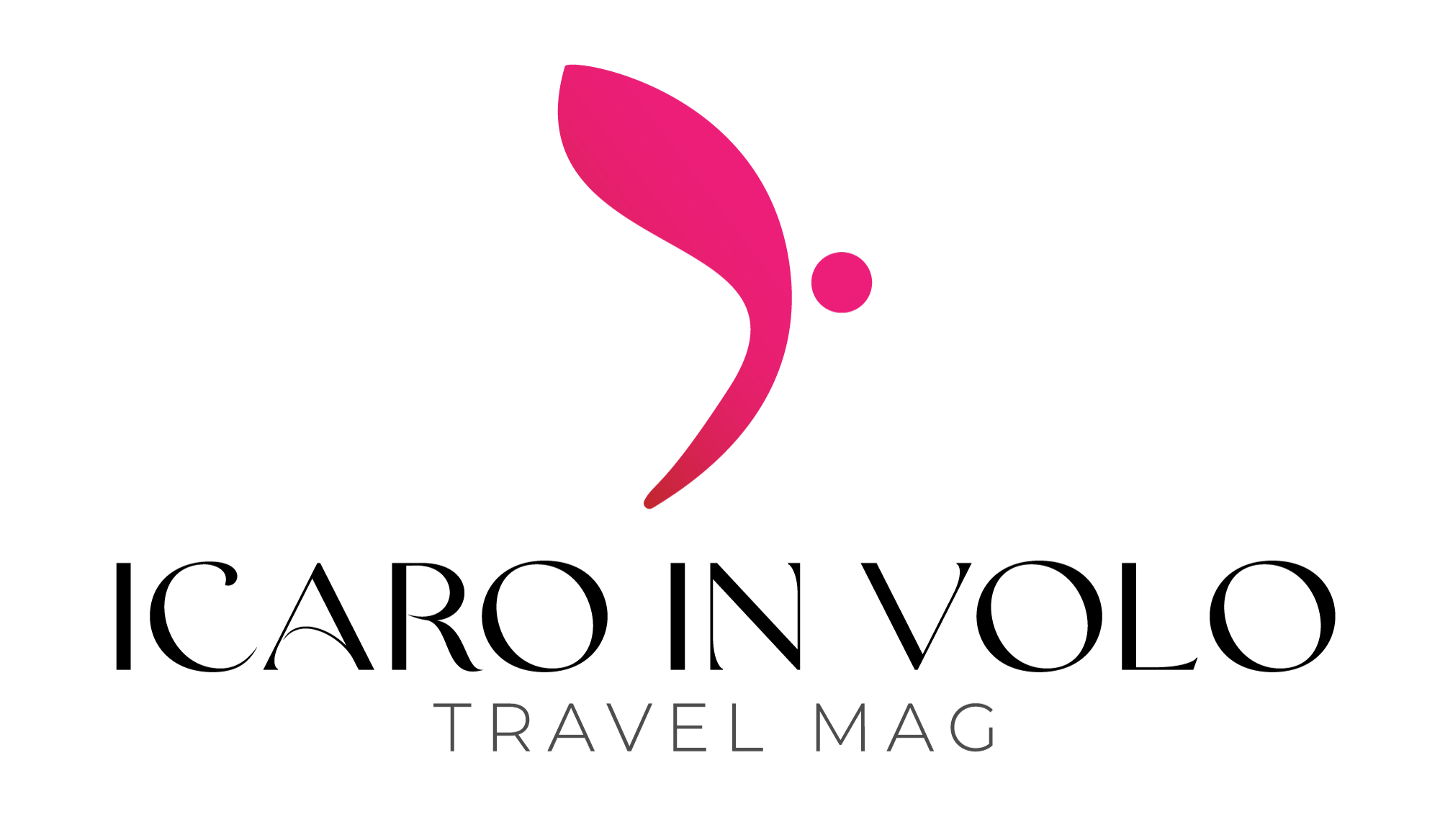Cash flow from operating activities (CFO) indicates the amount of money a company brings in from its ongoing, regular business activities, such as manufacturing and selling goods or providing a service to customers. The cash flow from operating http://drevnijmir.ru/eng/civ/civ12.php activities section also reflects changes in working capital. This figure represents the difference between a company’s current assets and its current liabilities. The cash flow statement must then reconcile net income to net cash flows.
Methods for calculation
Cash inflow is the money you collect, while the definition of cash outflow is the money you’re spending. However, there could be many interpretations, not all of which point to poor financial health. For example, a firm may embark on a project that compromises cash flows temporarily but renders substantial rewards in the future. The balance sheet is a snapshot of a business’s book value for a specific date in time.
Which of these is most important for your financial advisor to have?
Look to advanced SaaS analytics solutions like Baremetrics to understand which customers you’re losing and why. The higher your customer retention rate, the better your longer-term cash flow will be. As SaaS businesses are inherently subscription-based, when a customer stops using your software or doesn’t renew their subscription, it will negatively impact your cash flow and liquidity. You should be as proactive as possible about reducing customer churn. The first difference is that the numbers are much smaller in the thousands. In the direct method, you must record all cash as it enters and leaves your business.
How comfortable are you with investing?
Financing activities consist of activities that will alter the equity or borrowings of a company. Examples of financing activities include the sale of a company’s shares or the repurchase of its shares. Menken’s The Art of Service offers detailed self-assessments that organizations can use to determine how well they understand and implement various business processes. The company offers clients and customers a self-assessment concerning how well they understand and perform cash flow management. “You use this ratio to determine whether your assets would be worth enough to pay off all of your debts and liabilities if you had to,” Menken says. “[Numbers] just automatically feed over from the balance sheet and the income statement,” says T.J.
But in the latter case with negative OCF, the company must seek external financing sources to meet its reinvestment spending needs, e.g. via equity and debt issuances. OCF, short for “Operating Cash Flow,” refers to the net amount of cash brought http://ufk.lviv.ua/en-contacts in by a company’s day-to-day operations. Assume your specialty bakery makes gourmet cupcakes and has been operating out of rented facilities in the past. You owned a piece of land that you had planned to someday use to build a sales storefront.
- Cash flow can be challenging because income is sporadic, but expenses are recurring.
- It indicates that the cash amount was less than the related amount on the income statement.
- The cash flow statement is a financial statement that summarizes the amount of cash and cash equivalents entering and leaving a company.
- In other words, the $40,000 was an inflow of cash and therefore favorable for Example Corporation’s cash balance.
- The reconciliation report is used to check the accuracy of the cash from operating activities, and it is similar to the indirect method.
Amounts spent to acquire long-term investments are reported in parentheses, since it required an outflow or use of cash. Here’s an explanation and simple example of how to calculate the present value of free cash flow. Cash flow is typically depicted as being positive (the business is taking in more cash than it’s expending) or negative (the business is spending more cash than it’s receiving). http://www.belinter.net/image/louis-vuitton-7180 With that said, an increase in NWC is an outflow of cash (i.e. ”use”), whereas a decrease in NWC is an inflow of cash (i.e. “source”). Another current asset would be inventory, where an increase in inventory represents a cash reduction (i.e. a purchase of inventory). Typically, D&A is embedded within COGS/OpEx on the income statement, which reduces taxable income and thus net income.
Quick Guide to Changes in Current Asset Balances
Companies with strong growth in OCF most likely have a more stable net income, better abilities to pay and increase dividends, and more opportunities to expand and weather downturns in the general economy or their industry. Still, whether you use the direct or indirect method for calculating cash from operations, the same result will be produced. The direct method adds up all the various types of cash payments and receipts, including cash paid to suppliers, cash receipts from customers and cash paid out in salaries. These figures are calculated by using the beginning and ending balances of a variety of business accounts and examining the net decrease or increase of the account.
Calculating cash flow with the direct method
The company also reported a $9.6 billion cash inflow from accounts payable. This corresponds to an increase in accounts payable liability on the balance sheet, which indicates a net increase in expenses charged to Apple that were not yet paid. Operating cash flow represents the cash impact of a company’s net income (NI) from its primary business activities. Operating cash flow—also referred to as cash flow from operating activities—is the first section presented on the cash flow statement.

